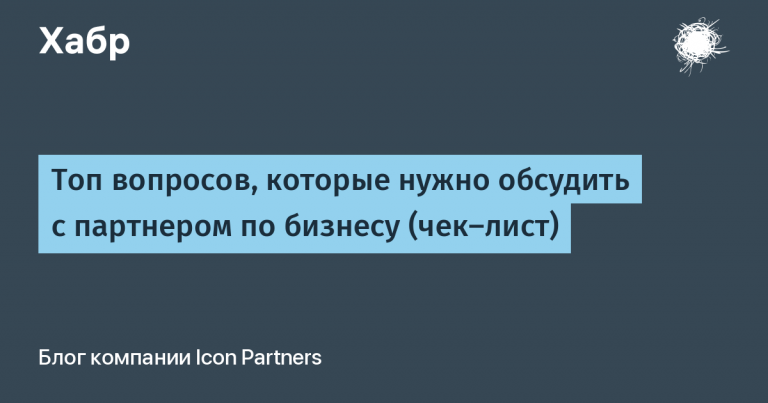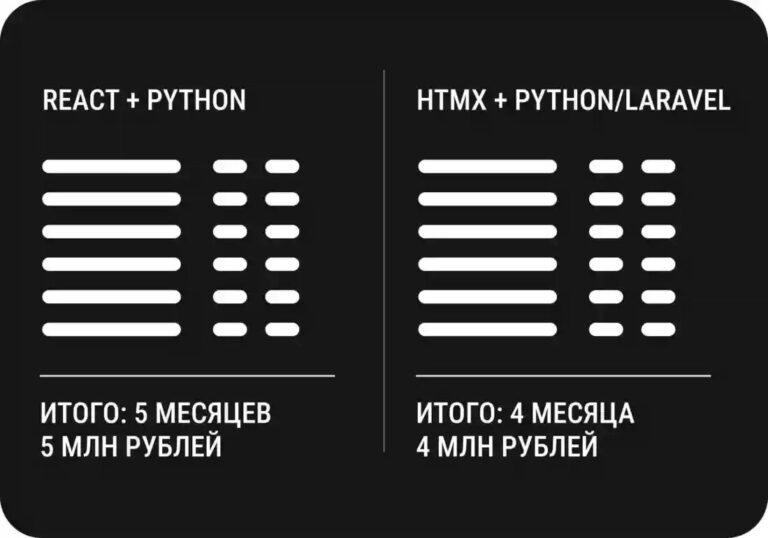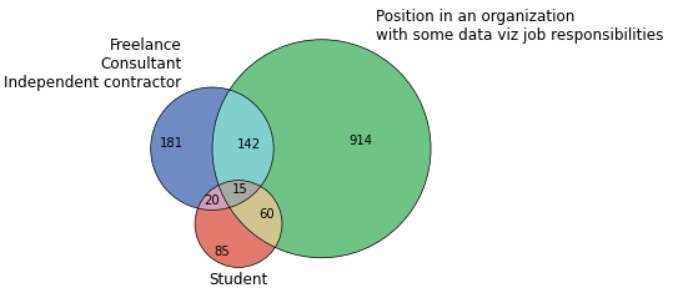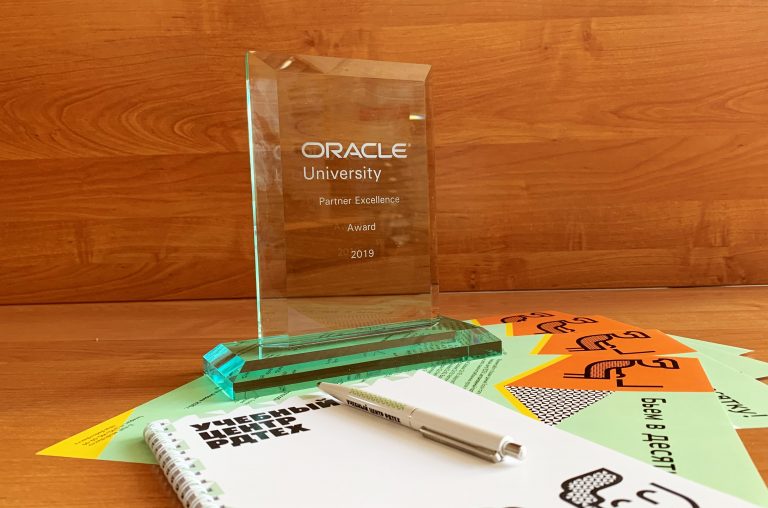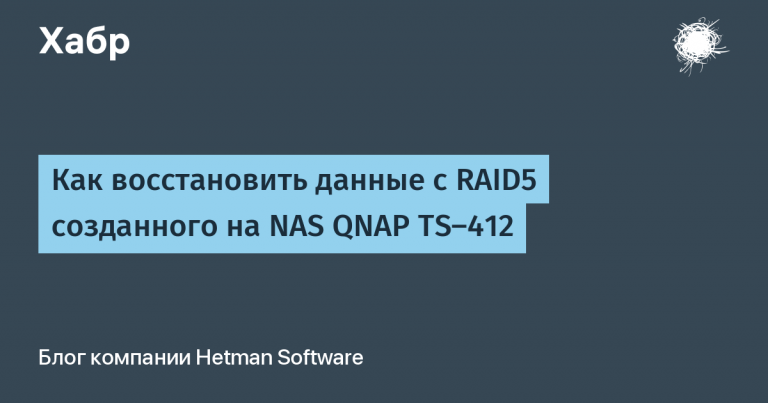Product Led Growth Strategy. How Miro grows x3 annually
The article is based on Julia’s speech on Epic growth summit.
Bit of theory
Product led growth (PLG) is a business strategy in which the use of the product is the main driver for attracting and monetizing users. It is at the heart of Slack, Dropbox and Zoom, but also successfully works in other industries, such as Dev & Product tools, Back office & operations and Customer engagement.

The most well-known PLG strategies: free trial, freemium, self service, viral programs, are what many companies have recently started experimenting with and realized that it works because the End User Era has arrived.
A decade ago, decisions were made from top to bottom: the IT department chose which product to buy and gave it to employees. Today the opposite is true: business function leaders are willing to invest in the purchase of tools that their employees are already actively using.
If you want to know more about Product led growth – I recommend to study OpenView Venture Fund Materials, which is one of the leaders in creating content on this topic.
Why Miro believes in Product led growth
Cool user experience in the product is a strategic advantage for attracting, onboarding and retaining users. The more often they use our product, the stronger and faster virality and word of mouth work, and the cost of paid attraction decreases.
On the other hand, it’s cool when your monetization strategy is linked to your engagement strategy. For the user, this is a more natural way – to start paying as the value gained from using the product increases.

Below I will talk about the elements that underlie our PLG strategy.
Customer centricity
A key point of the strategy is user orientation. It allows you to better understand the needs and behavior of users, and this helps to improve the product and, ultimately, grow. For this, it is important to know your key audience and main use cases.
Our key audience is cross-functional teams. They consist of different people, each of whom uses the product in different ways. For example, designers and managers are the main drivers for creating content in Miro, and it is they who most often invite other team members to work together in the product. Consultants and agile coaches no longer work within the team, but with their clients, so they use Miro differently. This understanding greatly helps us in building roadmaps, communication strategies, and business models.
In use cases, it is important to understand not their frequency of use in the product, but the “natural” frequency in conditional offline. For example, if the product is intended for retrospectives, and retrospectives are held at the end of the sprint, that is, on average 1–4 times a month, then it is naive to expect users to conduct them more often. This knowledge helps to predict the frequency of work in the product.

Simplicity & Fast time to value
The second element of the PLG strategy is the simplicity and comprehensibility of the product: “How to make it easier for customers to use the product? How to make clients get value faster from working in it? ”
The first thing that helps us with this is Freemium model, which allows you to start using Miro for free along with an infinite number of colleagues and boards. Of course, there are limitations in functionality, but this allows users to quickly register and start working in the product.
For 8 years, we have tried many business models, Freemium now works best because it allows users to decide on the transition to a paid subscription only after they have gained value from working in the product.

The second thing that helps to ensure the speed, simplicity and comprehensibility of the product is patterns (Template library) Their main goal is to help users work comfortably with new frameworks, immediately creating the desired content, and not wasting time drawing elements. This greatly reduces the time to value.

The third thing that provides simplicity is ongoing work on UX. Our product is horizontal; people with different experience use it: both those who are used to working with visual tools and canvas, and those who are more familiar with text documents and tables. Our task is to make the experience of any user predictable and understandable.
To improve UX, we conduct research, test prototypes, and collect feedback from users and from our employees. Based on the received data, we form a ux-backlog.

Viral loops
The very nature of our product is collaborative. Users naturally share content with colleagues and invite them to the product. Virality is one of the main levers of growth. Our task is to simplify the possibility of inviting new users. The company has a separate team responsible for virality.

User engagement strategies
We know that the level of engagement, frequency of use and the number of users increase with the growing number of use cases for which the company uses our product.
We also know that the more inside the team of champions who create content and involve colleagues to work with it, the higher the proportion of users returning to the product. For example, if a team of 50 people has only one champion, then after he leaves the company we will lose everyone.
Therefore, our engagement strategy is to increase the number of use cases used and the number of active creators of projects and boards. For the growth of the latter, we create instructions, checklists, tips, notifications, conversations of letters – all that works to engage.

Product-Oriented Metrics
In order for all of the above to work, it is important to determine which metrics are key. Our product teams focus on metrics that answer the following questions:
- What is our viral factor?
- How many people activate daily?
- What is the average time to value?
- How often do users return to the product?
- What does a conversion funnel look like?

It is important to understand that Product led growth is not only about the product, but also about marketing, pricing, sales, therefore, the focus of the teams responsible for them also changes:
Marketing team. If in more traditional companies marketing connects a decision maker with a sales team, in companies with PLD strategies marketing connects a person and a product. The main focus is shifting to the formation and support of communities, educational activities, and the growth of organic traffic.
Sales team. This is primarily the Self Service, when users buy or renew their subscription online, and Inbound sales, when the team works not with cold sales, but with companies that already use the product.

Takeaway
At the heart of our growth strategy are four components:
- Customer centricity provides an understanding of users and their behavior;
- Simplicity & Fast time to value make the product simple and understandable thanks to the Freemium model, templates and constant work on UX. All this allows you to reduce the time before the user gets the value;
- Viral loops make it easy to invite new users to the product;
- User Engagement strategies ensure engaging as many team members as possible in content creation.
- We evaluate the effectiveness of the strategy with the help of product-oriented metrics that allow us to maintain the correct focus for product, marketing and sales teams.
Ultimately, the strategy is pretty obvious – to make a cool product that users will love. To do this, it is important to solve their problems, leave a positive impression and give the opportunity to experience the maximum value of the product for free.

